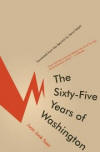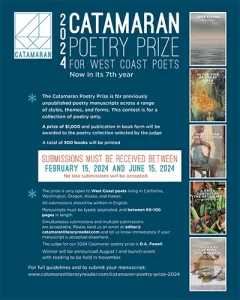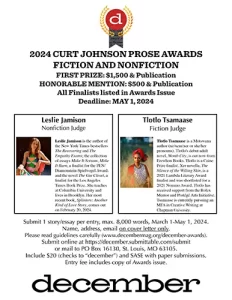The Sixty-Five Years of Washington
The Sixty-Five Years of Washington by Juan Jose Saer flows like the walk it entails, divided into three sections of seven blocks each, in the Argentinian town of Rosario, taking place around 10 a.m. on October or November 1960 or 1961. On that day Angel Leto decides not to go to work and encounters The Mathematician, just back from his grand tour of Europe. The two men, different in important respects (class, town’s years of residency), nevertheless walk together for most of the distance, the Mathematician regaling his companion with accounts of Noriega Washington’s sixty-fifth birthday, a party to which neither man was invited.
The Sixty-Five Years of Washington by Juan Jose Saer flows like the walk it entails, divided into three sections of seven blocks each, in the Argentinian town of Rosario, taking place around 10 a.m. on October or November 1960 or 1961. On that day Angel Leto decides not to go to work and encounters The Mathematician, just back from his grand tour of Europe. The two men, different in important respects (class, town’s years of residency), nevertheless walk together for most of the distance, the Mathematician regaling his companion with accounts of Noriega Washington’s sixty-fifth birthday, a party to which neither man was invited.
The characters and events are not many. Leto, an accountant, has just come to Rosario with his mother Isabel whose statement about his father haunts Leto, “He suffered so much.” The Mathematician, so called by journalist Tomatis because of his literalness and basic noncombatant, intellectual nature, is walking to deliver his press release of his European tour. The Mathematician recounts two versions of the birthday party for their friend Noriega Washington, one that Boton (nicknamed Button) told the Mathematician on a ferry the previous Saturday and one told to both of the walkers by Tomatis when they meet him. Boton’s version seems more reliable because depressed Tomatis is burdened by what he calls his “menace” that day when they meet him on their walk. But ultimately both may be “false memories of a place neither of them has seen.”
Similarly, the Mathematician’s repeated but altered one-phrase summaries of each of the cities he visited become meaningless and not listened to. Of course, there are the guests and the birthday boy about whose lives, and violent endings, we learn. Most are leftists the government goes after. Leto certainly and even the Mathematician do not escape violence. Yet “nothing will be left after the rage, the faith, the daring but a sardonic and not even self-pitying intransigence of someone who, chased by a torrential storm, or by an uninterrupted series of explosions, runs in a straight line, without caring whether the direction they are running in will lead them to safety or to a precipice.”
The most vivid part, in spite of the repeated details from the party, is the progress of the walk, which ultimately defines the relationship between the two men. The constant movement between shade and sunlight, the danger of jaywalking, the few acquaintances they meet and the change in landscape are the backdrop. Protection is needed because of “the habitual system of motor vehicle conduction in rectangular cities: brakes and deceleration before the corner, accelerator after the intersection, reduction of speed midway down the block and so-on.” Leto protects The Mathematician’s all white outfit as they weave between cars, and later the Mathematician reciprocates. Similarly Leto feels himself excluded or embraced by the people they talk to on the street. In spite of their quite accurate and critical assessment of each other, by their walk’s end they have formed a bond. Yet afterwards the two men have virtually no contact.
Like other South American writers, Saer writes long paragraphs, which flow with oft-repeated details, appearing like boulders in the river. However, the details, as is evident by the indefinite date of this walk, are less important than the insubstantial flow. The party discussion is consumed with whether a horse can stumble and also about Washington’s three mosquitoes:
Shade, gray pavement, the angled sun, cable, cobblestones, cable, gray pavement, angled sun, shade: there they go, without incident or much modification of rhythm or speed, or trajectory movement, walking down the next sidewalk. The Mathematician says that Washington lifts his head when he hears the triplicate buzzing, somewhat bewildered, and sees the three mosquitoes swirling not far from the lamp. Bewildered because the previous summer it had been too dry for the larvae.
Feelings survive—shame and humiliation of not being at the party—but mainly it’s either a limbo like of an “airplane among the clouds” an “internal vacuousness, without a doubt painless, not much different from well-being.” Or the Mathematician wonders whether “submerged in psychological trifles, he has been missing the best things of being there, the morning sun,” which “produces a shiver of pleasure and a startling sense of liberation.” The men may disappear—and not just because of the government—but the walk does not.
The reader has to give into the flow of the narrative, bolstered occasionally by real events, but the ultimate pleasure is in the journey.





